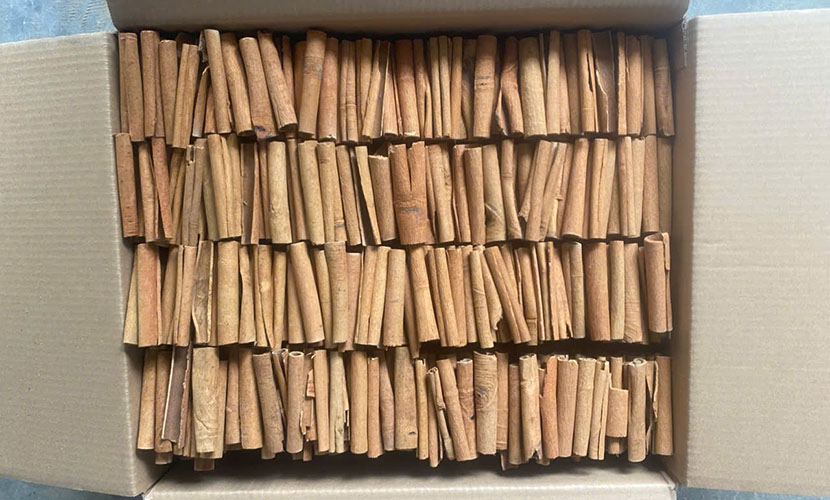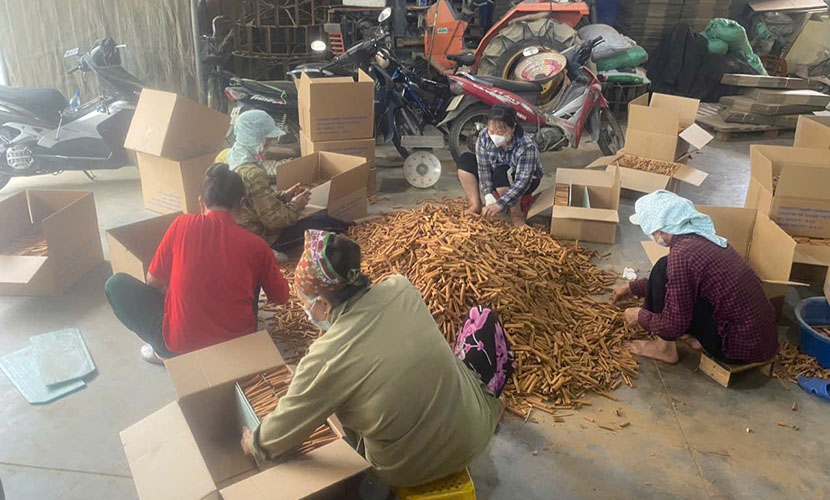
In 2024, Vietnamese cassia exports reached 99,874 metric tons. Accordingly, the total export value was worth at $274.5 million. Compared to 2023, the export volume increased by 11.7%, while export revenue rose by 5.2%.
India was Vietnam’s largest cinnamon export market. In 2024, India imported 35,885 tons of Vietnamese cassia, accounted for 35.9% of total exports. However, this amount decreased by 5.7% compared to the previous year.
The United States was the second-largest market, with 11,078 tons, marking an increase of 9.0%. Bangladesh ranked third, importing 7,928 tons (7.9%), a sharp rise of 42.5%.

Vietnamese cassia exports
According to statistics, Vietnam currently has approximately 180,000 hectares of cassia cultivation. Northern mountainous provinces and North Central provinces make up a large portion. The estimated volume of cinnamon bark ranges from 900,000 to 1,200,000 tons, with an average annual harvest of 70,000 to 80,000 tons.
Vietnam possesses a large cinnamon cultivation area, abundant reserves, and stable annual output. However, Vietnamese cassia exports still faces many challenges.
Several demanding markets, such as EU or the US, require high requirements regarding purity and essential oil content. To meet these requirements, many Vietnam’s cassia factories should import cassia from countries with standardized production processes.
Additionally, importing cassia allows these Vietnamese spice businesses to diversify their supply sources, minimize risks, and ensure stable production. Several enterprises import cassia for deep processing, creating higher value and enhancing their competitive advantages.

A factory of Vietnamese cassia exports
To promote cassia exports, Vietnam’s cinnamon businesses should focus on addressing key issues. Specifically, they include enhancing research and conserving rare varieties. In addition, localities should develop large cassia cultivation areas and apply scientific and technological advances in production.
In addition, training a highly skillful workforce and building a unified brand for Vietnamese cinnamon are very important. Finally, investing in logistics services and efficient packaging is essential solution to optimize the supply chain and create favorable conditions for long-term sustainable development.
Vietnamese source: https://doanhnghieptiepthi.vn/xuat-khau-que-doi-dien-nhieu-thach-thuc-161250114211126648.htm
